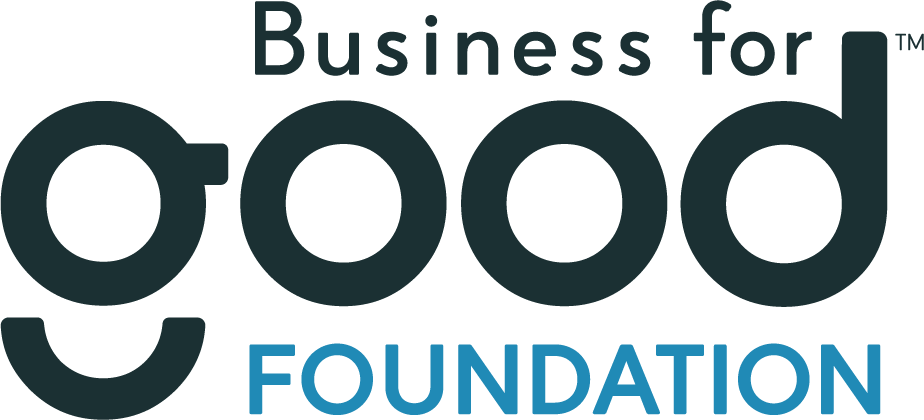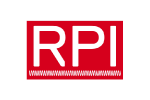News
March 9, 2016President Susan C. Scrimshaw Chairs Discussion of New National Academies of Sciences, Engineering, and Medicine Report on A Framework for Educating Health Professionals to Address the Social Determinants of Health
President of The Sage Colleges Susan C. Scrimshaw today presided over the release of a National Academies of Sciences, Engineering, and Medicine (formerly the Institute of Medicine – IOM) report on A Framework for Educating Health Professionals to Address the Social Determinants of Health. Dr. Scrimshaw, who is Co-Chair of the IOM/NAM’s Global Forum on Innovation in Health Professional Education, is in Washington, D.C. and chaired today’s discussion and presentation of the findings of the report.
In September 2015, the Institute of Medicine convened a committee on Educating Health Professionals to Address the Social Determinants of Health. As explained in the report, the World Health Organization defines the social determinants of health as “the conditions in which people are born, grow, work, live, and age, and the wider set of forces and systems shaping the conditions of daily life.” These forces and systems include economic policies, development agendas, cultural and social norms, social policies, and political systems. The report also states that educating health professionals in and with communities negatively affected by the social determinants of health can generate awareness among those professionals about the potential root causes of ill health, contributing to more effective strategies for improving health and health care for underserved individuals, communities, and populations.
“The social determinants of health underlie roughly half of the causes of death in the U.S.,” explained President Scrimshaw. “It is past time that we pay attention to them in the context of improving the health and longevity of our population.”
Through its study the committee developed a high-level framework to promote such health professional education and put forth a conceptual model for the framework’s use with the goal of helping stakeholder groups envision ways in which organizations, education, and communities can come together to address health inequalities.
You can access the full report here.


























